Cool roof coating is a specialized reflective material applied to the surface of a roof to reflect more sunlight and absorb less heat than traditional roofing materials. This coating, typically made from white or light-colored pigments, creates a high solar reflectance and thermal emittance surface, significantly reducing the roof's temperature. The importance of cool roof coatings extends beyond immediate energy savings by improving indoor comfort and decreasing the reliance on air conditioning. Additionally, they play a crucial role in mitigating the urban heat island effect, where densely built areas become significantly warmer than their rural surroundings. By lowering the temperature of the surrounding environment, cool roof coatings help to reduce overall energy consumption, decrease greenhouse gas emissions, and contribute to the sustainability of urban areas.
Working Principle of Cool Roof Coating
The principle of cool roof coating involves improving the roof's ability to reflect sunlight and emit absorbed heat, thus reducing the amount of heat transferred into the building. This is achieved through two primary properties: high solar reflectance and high thermal emittance.
Solar Reflectance: This is the ability of the roof surface to reflect solar energy away from the building. Traditional dark-colored roofs absorb a significant portion of the sun’s rays, converting it into heat, which increases the roof’s temperature. Cool roof coatings are typically white or light-colored, containing reflective pigments that reflect a larger portion of the sunlight.
Thermal Emittance: This is the ability of the roof surface to release absorbed heat. Materials with high thermal emittance can effectively emit the absorbed heat back into the atmosphere rather than transferring it into the building.
Together, these properties help in maintaining a lower roof temperature, which reduces heat gain into the building, thereby lowering cooling energy costs, enhancing indoor comfort, and mitigating the urban heat island effect.
Cool Roof Coating Advantages
1. Energy Efficiency: Cool roof coatings reflect more sunlight and absorb less heat, which helps reduce air conditioning costs.
2. Improved Comfort: By lowering indoor temperatures, these coatings enhance comfort for occupants.
3. Reduced Urban Heat Island Effect: They help mitigate the urban heat island effect by cooling the surrounding environment.
4. Extended Roof Life: Coatings can protect roofs from UV damage, reducing wear and extending the roof's lifespan.
5. Lower Energy Bills: Reflective coatings reduce the need for cooling, which can lead to significant savings on energy bills.
6. Environmentally Friendly: They contribute to a reduction in greenhouse gas emissions by decreasing energy consumption.
7. Enhanced Roof Durability: Many coatings offer additional protection against weathering, cracking, and other forms of roof damage.
8. Reflective Properties: They can reflect up to 90% of sunlight, which helps maintain cooler indoor temperatures.

Types of Cool Roof Coatings
1. Acrylic Coatings
Acrylic coatings are a popular choice for cool roofing solutions due to their water-based nature and ease of application. These coatings are known for their good UV resistance and reflectivity, which helps keep buildings cooler by reflecting a significant portion of sunlight. They are relatively low-cost and can be applied to a variety of roof surfaces, including metal, asphalt, and concrete. Acrylic coatings also offer flexibility, allowing them to accommodate minor roof movements and thermal expansion without cracking. Additionally, these coatings are environmentally friendly as they are low in volatile organic compounds (VOCs), contributing to better indoor air quality and lower environmental impact.
2. Silicone Coatings
Silicone roof coatings are renowned for their exceptional durability and water resistance. These coatings are highly reflective, which helps reduce cooling costs and improve energy efficiency. One of the main advantages of silicone coatings is their ability to withstand extreme weather conditions, including heavy rain and intense sunlight, without losing their reflective properties. Silicone coatings also offer excellent flexibility and adhesion, which can extend the life of the roof and prevent issues such as leaks and cracking. They are especially suitable for flat or low-slope roofs and are often used in commercial buildings for their long-lasting performance.
3. Polyurethane Coatings
Polyurethane coatings are another robust option for cool roofing, known for their exceptional durability and high-performance characteristics. Available in both reflective and non-reflective versions, these coatings are designed to withstand significant wear and tear, including foot traffic, severe weather, and thermal expansion. Polyurethane coatings provide a tough, protective layer that can resist impacts and abrasions, making them suitable for industrial and commercial applications. They also offer good adhesion to various substrates and can enhance the lifespan of the roof by providing a resilient and weather-resistant barrier.
4. Elastomeric Coatings
Elastomeric coatings are designed for flexibility and stretchability, making them an ideal choice for roofs that experience significant temperature fluctuations. These coatings can expand and contract with temperature changes, which helps prevent issues like cracking and peeling. Elastomeric coatings are typically made from synthetic polymers, which contribute to their high reflectivity and UV resistance. They are often used for both residential and commercial roofs, especially those with complex shapes or extensive damage that requires a durable and flexible solution.
5. Bitumen-based Coatings
Bitumen-based coatings are modified with reflective materials to enhance their performance as cool roofing solutions. These coatings are typically used on asphalt roofs and offer improved reflectivity compared to traditional bitumen products. Bitumen-based coatings are known for their durability and ability to adhere to existing roof surfaces, making them a practical choice for extending the life of aging roofs. They provide a protective layer that can resist weathering, UV radiation, and thermal cycling, helping to maintain cooler indoor temperatures and reduce energy consumption.
6. Ceramic Coatings
Ceramic coatings are high-performance cool roof solutions that utilize ceramic microspheres to achieve superior reflectivity. These coatings are designed to reflect a high percentage of sunlight and reduce heat absorption, which helps keep buildings cooler and lowers energy costs. Ceramic coatings are known for their durability and resistance to extreme weather conditions, making them suitable for both residential and commercial applications. Although they tend to be more expensive than other types of cool roof coatings, their long-term benefits and effectiveness often justify the investment.
7. Fluoropolymer Coatings
Fluoropolymer coatings are advanced, high-performance products known for their exceptional durability and reflective properties. These coatings are formulated with fluoropolymers, which provide excellent resistance to UV radiation, chemicals, and harsh environmental conditions. Fluoropolymer coatings are often used in commercial and industrial settings where performance and longevity are crucial. They offer superior reflective capabilities and can extend the life of the roof while also contributing to energy savings and a reduced environmental footprint.
Applications of Cool Roof Coating
1. Residential Roofs: Reduces cooling costs and improves indoor comfort for homes.
2. Commercial Buildings: Lowers energy bills and enhances comfort in office buildings, malls, and warehouses.
3. Industrial Facilities: Manages heat in large spaces, reducing cooling costs in factories and distribution centers.
4. Schools and Universities: Improves energy efficiency and comfort in classrooms and campus buildings.
5. Healthcare Facilities: Maintains a comfortable environment in hospitals, clinics, and care centers.
6. Government Buildings: Supports sustainability efforts and reduces energy costs in municipal buildings.
7. Retail Stores: Enhances customer comfort and reduces cooling expenses in stores and shopping centers.
8. Transportation Hubs: Manages heat and lowers cooling costs in airports, bus stations, and train stations.
9. Recreational Facilities: Improves indoor climate and reduces energy costs in sports arenas and community centers.
10. Historic Buildings: Provides energy efficiency improvements without altering historical aesthetics.
Market Potential of Cool Roof Coating
The global cool roof coatings market, as reported by Polaris Market Research, was valued at USD 4.35 billion in 2023 and is expected to grow at a CAGR of 7.1% from 2024 to 2032, reaching USD 8.07 billion by 2032. The market potential is driven by the substantial energy-saving benefits these coatings offer, which reduce the need for air conditioning by keeping buildings cooler. This, combined with the increasing adoption of green building codes and growing awareness of environmental sustainability, has spurred demand. Governments worldwide are implementing regulations and providing financial incentives to promote environmentally responsible buildings, further boosting the market.

The global cool roof coatings market, as Reports and Data was valued at USD 4.97 billion in 2022 and is projected to reach USD 9.53 billion by 2032, growing at a CAGR of 7.5% during the forecast period. The market's growth is driven by increasing demand for energy-efficient solutions in commercial and residential buildings aimed at reducing energy costs and carbon emissions. Cool roof coatings, known for their high reflectivity and emissivity, help lower building temperatures, decreasing the need for air conditioning and consequently saving energy.

Conclusion
Cool roof coatings offer a highly effective means to boost energy efficiency and comfort in buildings by reflecting sunlight and emitting absorbed heat, which helps reduce cooling costs and combat the urban heat island effect. As the push for energy-efficient solutions grows, these coatings represent a valuable investment that not only lowers energy consumption and greenhouse gas emissions but also enhances urban environments and quality of life. With ongoing technological advancements and heightened environmental awareness, cool roof coatings are poised to become a key element in modern construction and retrofitting efforts, paving the way for a cooler, greener, and more sustainable future.
Images- indiamart.com, ind.sika.com

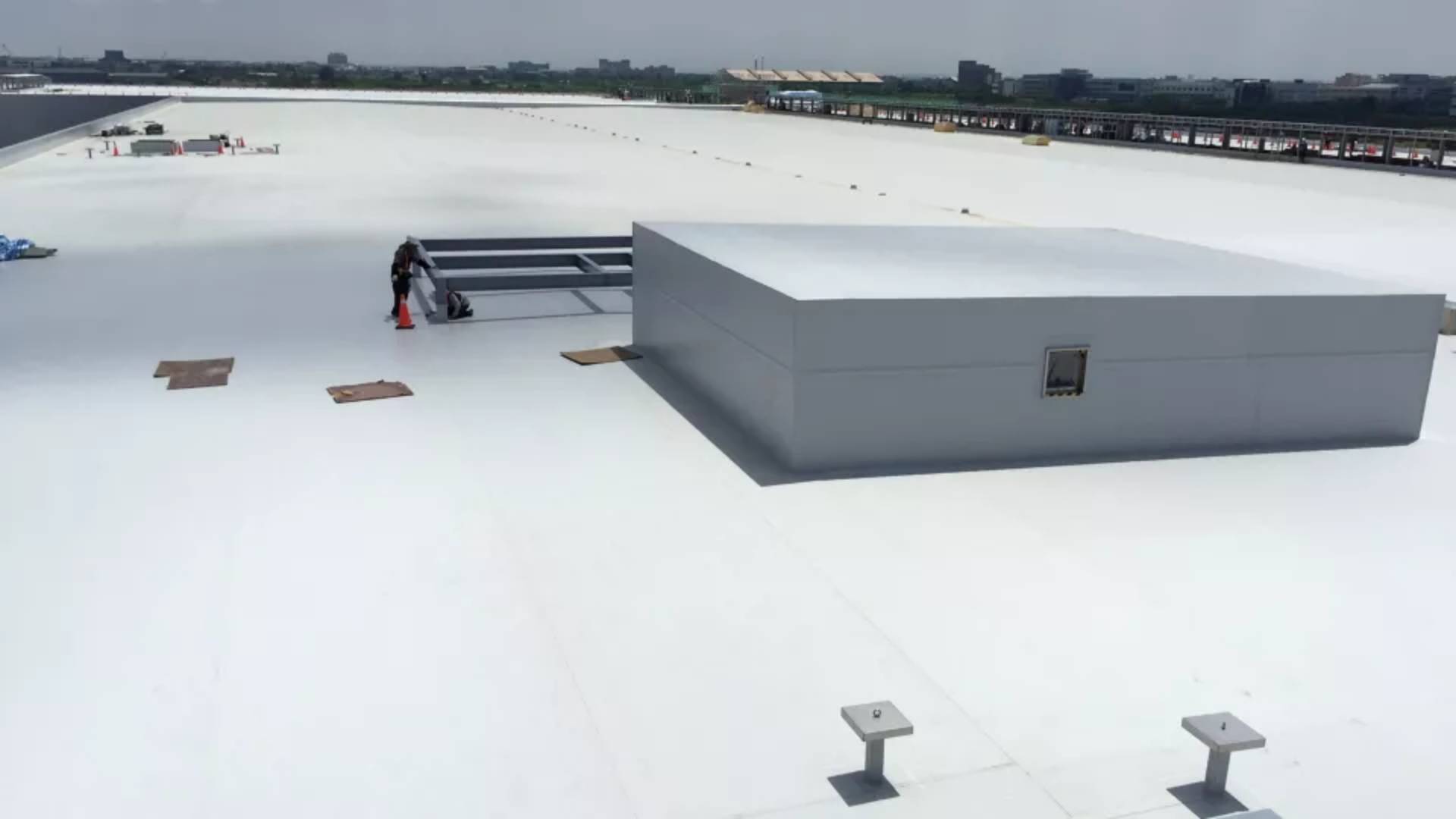
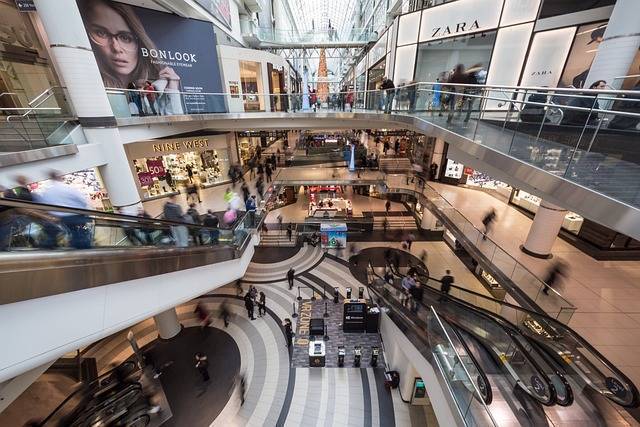
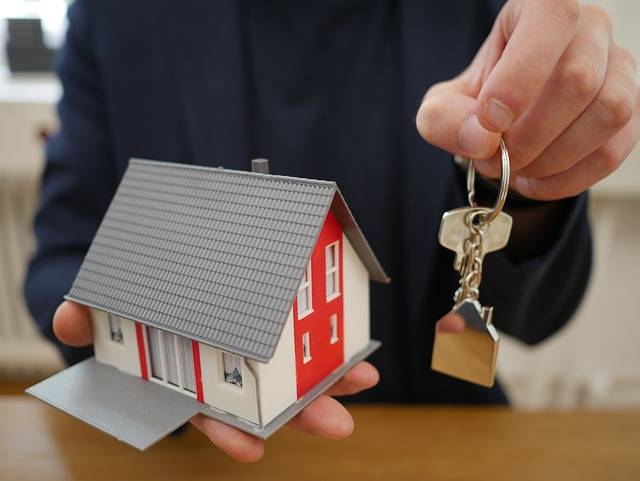
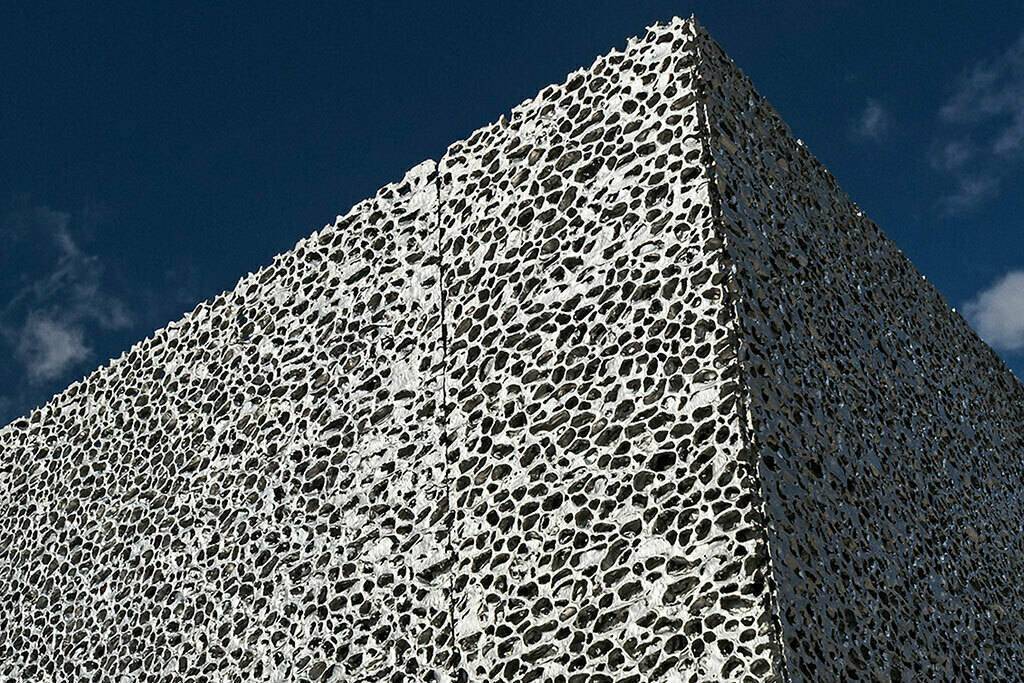
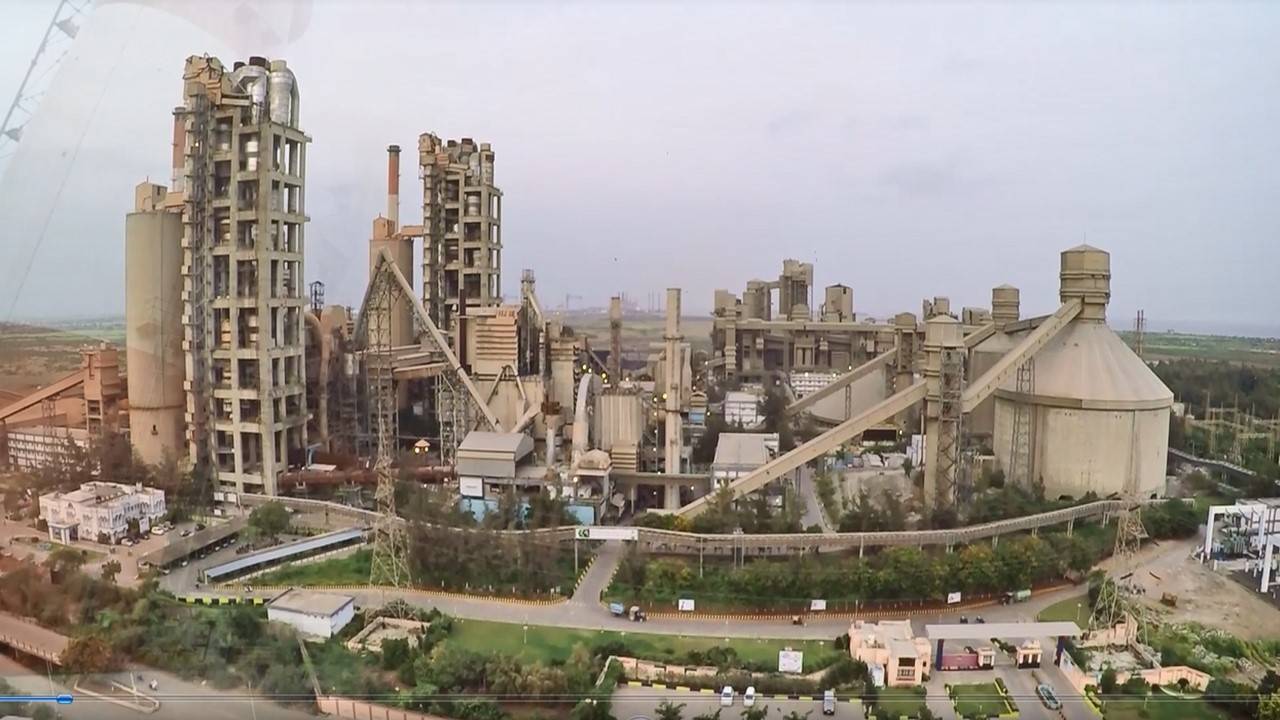
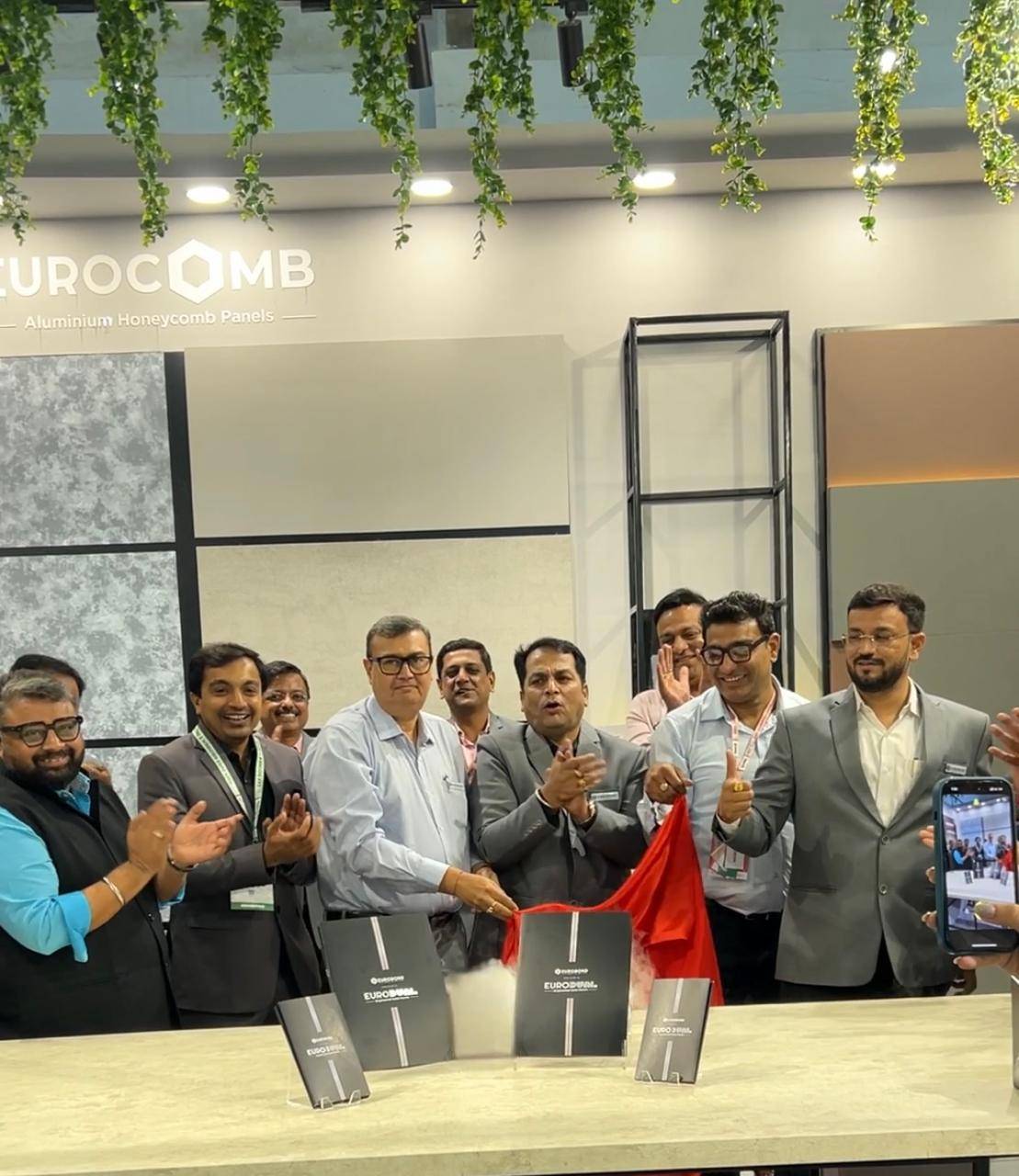
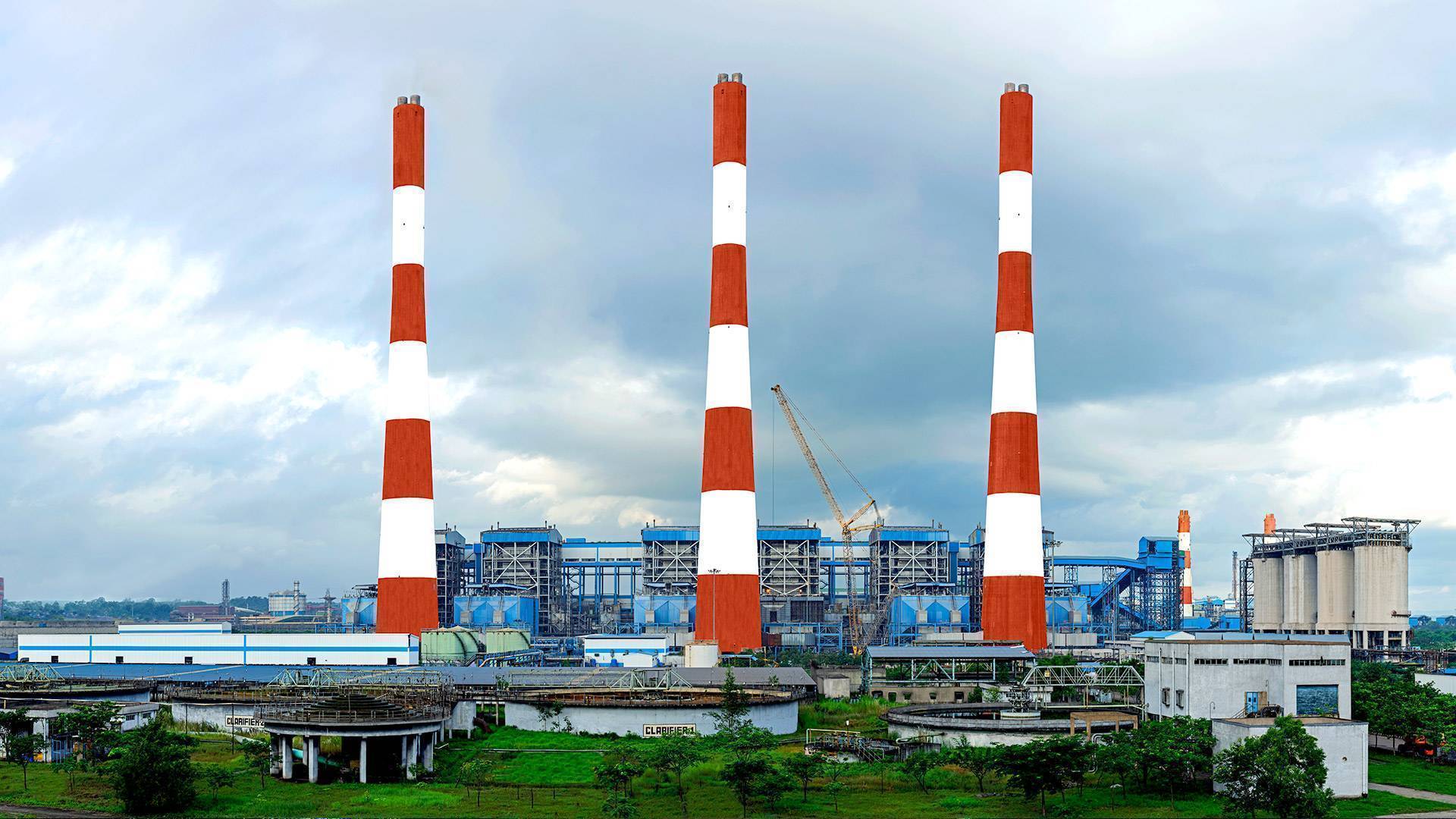
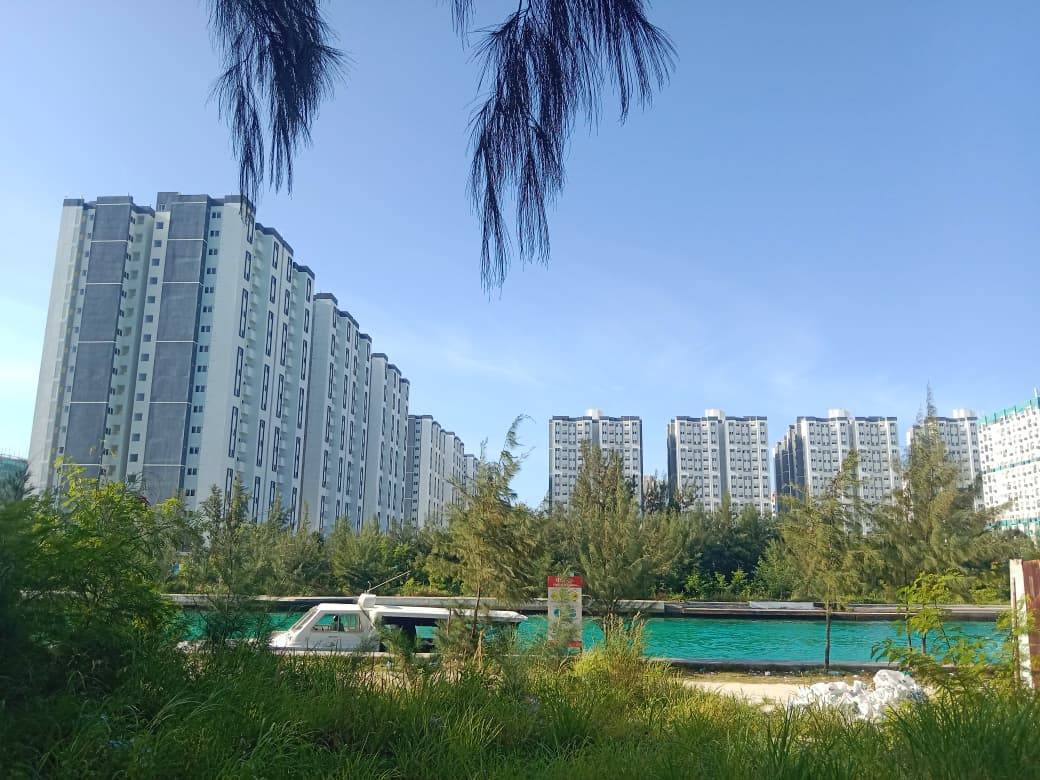
.png)